| For years I have been fascinated by patterns and the connection between music and math. For most of the time my two daughters were growing up, I sat in weekly Suzuki Violin lessons with them – taking copious notes as all “good Suzuki moms” do. As I sat and listened, and I realized that while my girls were fortunate to have music lessons, not every child had that opportunity. I began to think about ways that a student with no previous music experience could experience the joy of making music, and I wondered how I could use my math background to make that happen. |
When a non-musician looks at a piece of music, he sees a bunch of symbols that have no meaning. But after some training, this same individual understands that the symbols are put together in repeating patterns that form the basis of a song. After understanding the symbols and patterns, he finds he can play a melody. It is the same way with math. Each symbol provides some information needed to solve the problem. Music and math both have repeating patterns. In mathematics, math students who can easily recognize patterns have an easier time spotting the process needed to solve an equation. For musicians, recognizing repeating patterns makes it easier to play and memorize songs.
| As I listened to my daughters play at their many violin lessons, I marveled at how many songs could be played with just eight notes. I began to contemplate ways that a beginning musician could have an easy start to understanding how music patterns work, and this contemplation lead me to author a series of music pattern song books entitled Popular 8 Note Songs that I published a few years ago. |
Suzuki students learn to play by ear before they learn to read music because reading music is difficult. In my books, I used colored blocks to indicate the notes, and the size of each block indicates the timing. As long as the new musician can match either colors or letters and recognize the changing sizes of the blocks, he or she can play songs without having any previous musical experience.
In addition to creating new music pattern books, I taught myself how to be an importer and a package designer, and I created a new product line of musical instruments including precision tuned xylophones, rhythm sets and other items. It was a fun project, but I came to the conclusion that my heart is really in teaching students rather than running a product business, and I have let the importing and (for the most part) product part of this experience go.
In addition to creating new music pattern books, I taught myself how to be an importer and a package designer, and I created a new product line of musical instruments including precision tuned xylophones, rhythm sets and other items. It was a fun project, but I came to the conclusion that my heart is really in teaching students rather than running a product business, and I have let the importing and (for the most part) product part of this experience go.
| Students have different learning styles, and although the colored music patterns in the Popular 8 Note Songs books are very helpful for students who have a visual learning style, I knew that I needed to create something to help the auditory learners as well. There are now free audio tracks of all the songs in all of the books available online at www.UpadoUnlimited.com |
I have always wanted to help people get “up and do” new things with their unlimited potential, so I have continued to fill my Up-a-do Unlimited website with additional free educational material. The rest of this blog will contain links to information that I hope will be helpful to you if are contemplating a new musical journey with your family. If I can answer any questions for you, please feel free to email me at [email protected] or at [email protected] anytime!
Wishing you joy on the journey,
Debra Newby
Wishing you joy on the journey,
Debra Newby
Books and Xylophone Options with FREE Audio! Just Click the Links Below!
FREE Musical Instruction! Just Click the Links Below!
Musical Blogs! Just Click the Links Below!
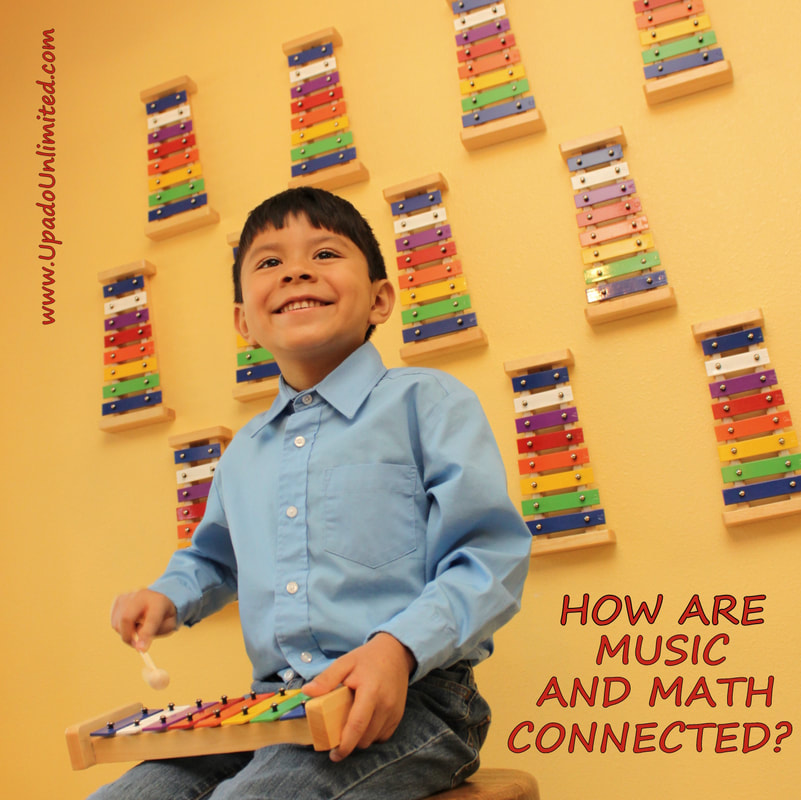


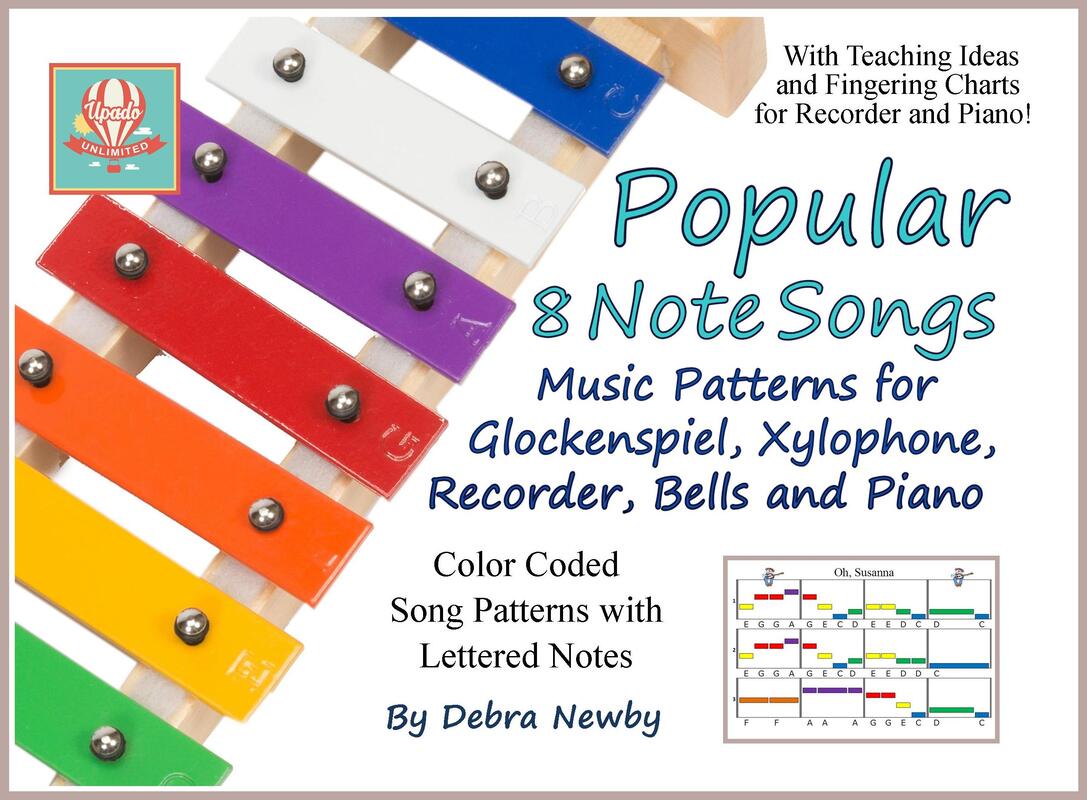

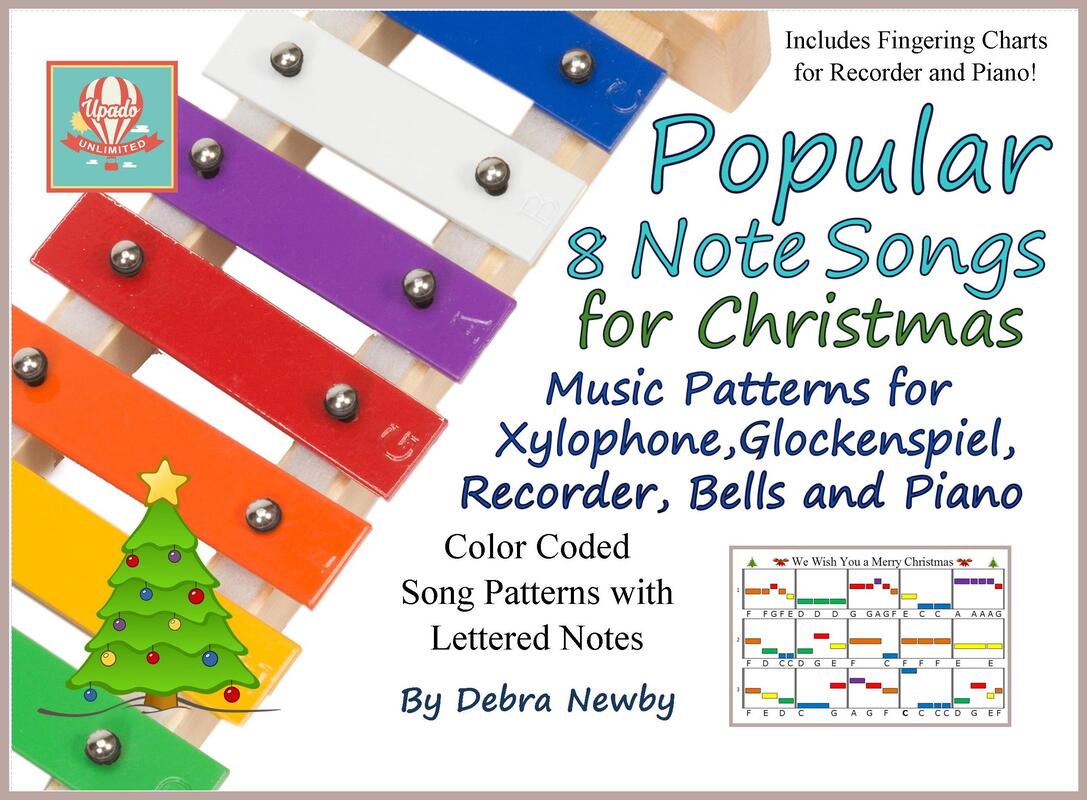
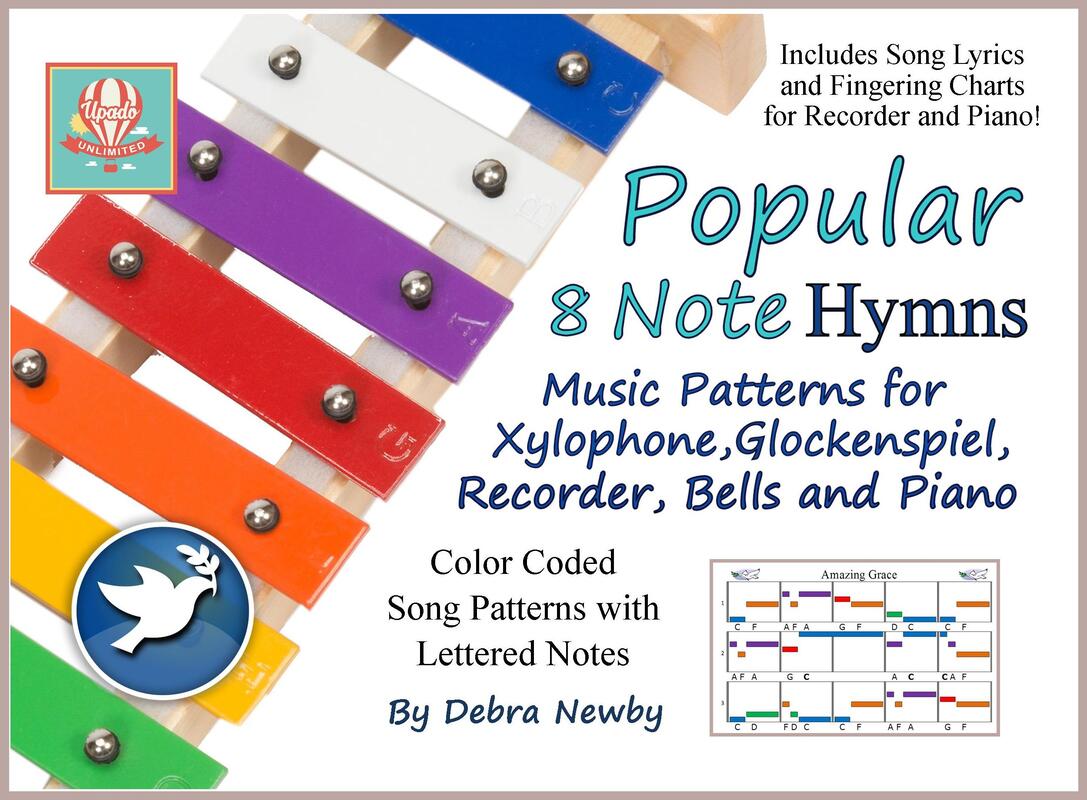

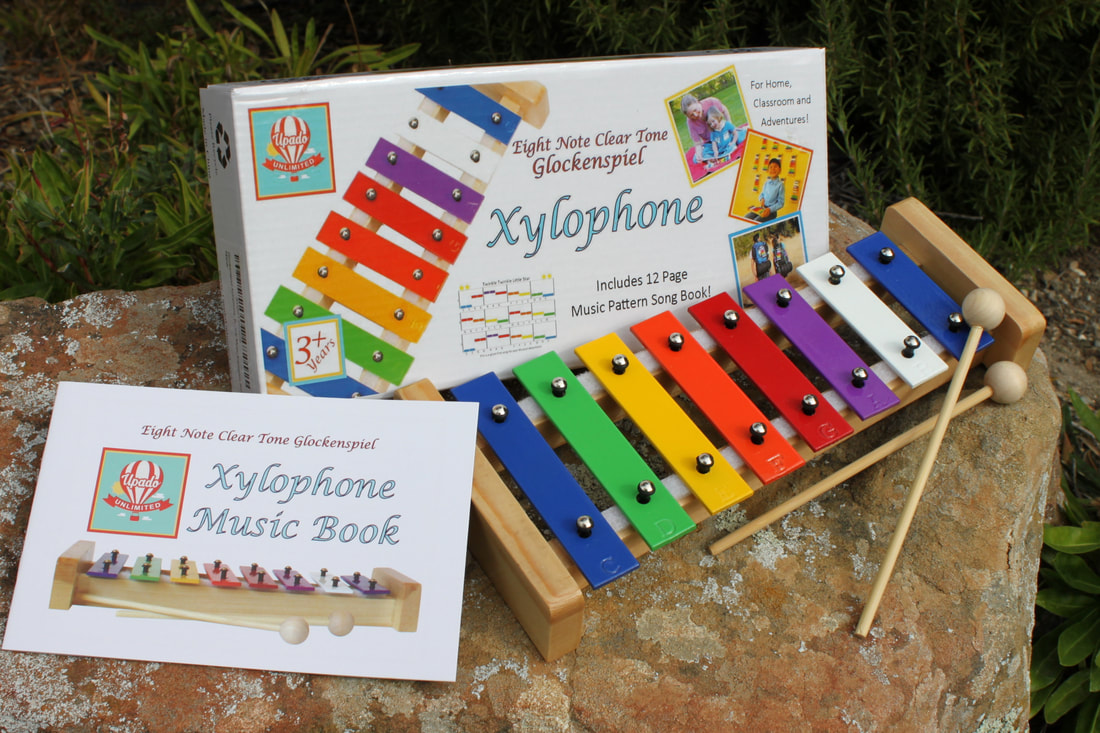

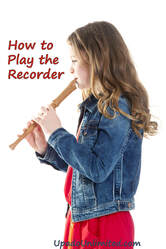
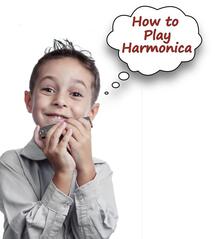





 RSS Feed
RSS Feed
